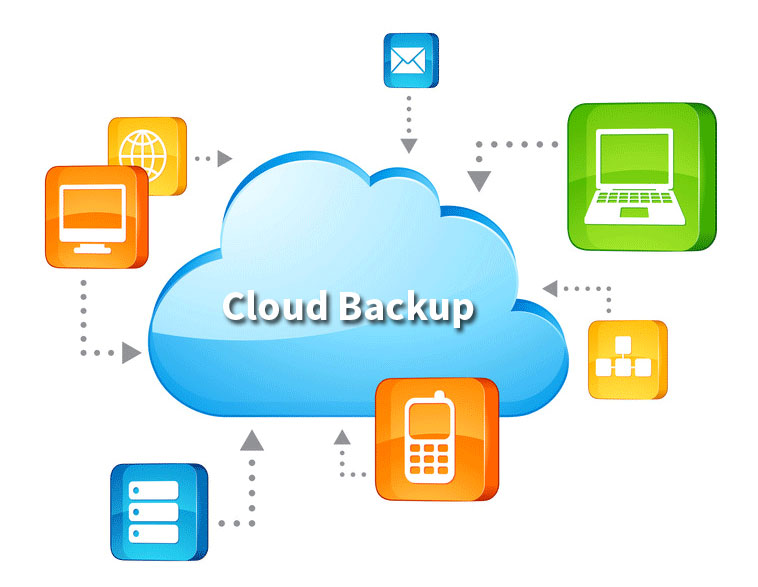Disaster Recovery
Different Ways of Recovering from Disasters
Backup and Restore Points
By doing regular back ups and setting restore points you
are preventing and preparing yourself from any disaster problems that could
happen. If there was malicious damage to the servers/systems or software
corruption occurred at any time then you can always restore back to a back up
point to before these disasters struck undoing the damage and reverting back to
normal. Although this helps undo any damage if you do not back up frequently enough
then you’re going to revert to an older date which means you could lose out on
data and software. It is important to frequently back up or after new software
is installed to keep yourself safe from future problems.
Third Party Backups - offline
Similar to system back ups, for a fee you can have a third
party company which will continuously back up your data so if there was any natural
disasters then the data that would usually be lost would already of been backed
up by the third party company allowing you to restore back to where you
initially were before the disaster.
Third Party Backups - online
Making a copy of your servers, virtual machines, files, or other data and storing it securely on a network of remote computing resources that you can access over the internet is known as cloud backup (also known as cloud computer backup).
Hard Drive Cloning
Similar to system back ups, hard drive cloning is backing up
a complete hard drive preventing disaster problems towards important data and
information. Also like the back ups recovery's, hard drives should be cloned
regularly so if there is any damage or corruption towards a system hard drive
then the cloned hard drive can restore that data quickly and efficiently by
installing into the system without any follow on problems.
Three Disaster Recovery methods:
There are three disaster recovery strategies: synchronous replication, asynchronous replication, and mixed technique. The distinctions between the alternatives on offer will be briefly highlighted in the lines that follow as we briefly detail each of them.
Synchronous replication:
Synchronous replication is when data and systems are copied simultaneously on the secondary site and locally. This type of technique ensures company continuity and prompt process restoration, resulting in very low RTO and RPO. The greatest way to minimise downtimes and ensure high infrastructure availability is to use it. However, synchronous replication has a distance restriction of no more than 100 kilometers between the two sites; otherwise, the synchronous pair becomes less efficient and performance declines.
Asynchronus replication:
You can select asynchronous replication to address the distance problem. This method has no distance restrictions and enables you to safeguard your business even in the event of catastrophic events that would harm both sites (for instance, an earthquake). Additionally, software can be used to achieve this approach rather than utilising complex and expensive storage technology.
Mixed Technique:
The combined strategy, which can reduce recovery periods while also effectively assuring service availability even during expanding disasters, is the last option. It entails making a second replication of the systems using the synchronous technique at a location that is somewhat far away.
It's beneficial to establish a brief premise regarding disaster recovery in order to better understand the distinctive characteristics of any type. This type of solution presupposes that crucial company data and processes should be mirrored on a secondary site in order to guarantee system availability, security, and business continuity. When the original site is down for whatever reason, the secondary site will take over.





